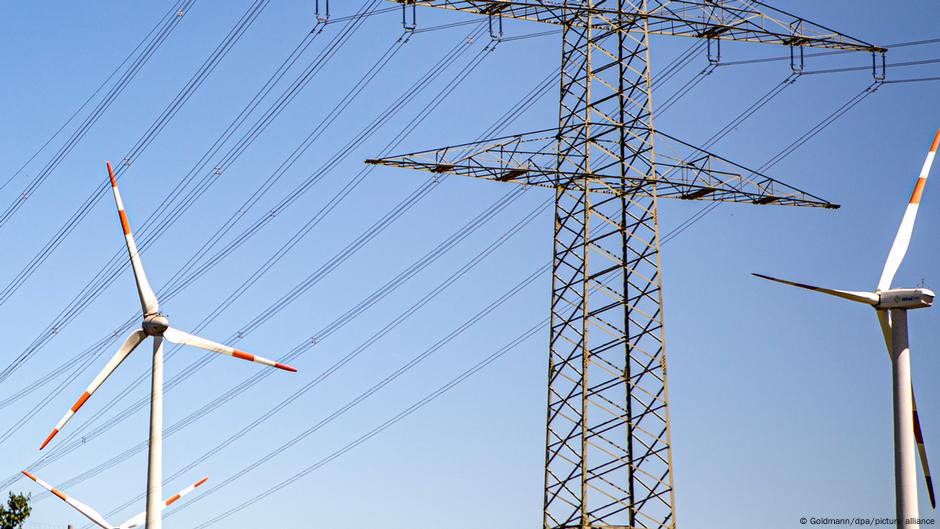Introduction to Germany’s High-Voltage Grid Expansion
Germany’s so-called new high-voltage current streets are growing, but experts say that their development does not keep up with the rapid growth of the country in renewable energies. The wind-rich northern Germany produces ever larger volumes of renewable energies in onshore and offshore wind farms, while the southern regions of the country, where most industrial companies are located, long for electricity and are still strongly based on gas or coal-fired power plants and a little solar energy.
The Role of Transmission System Operators
Almost two decades ago, four operators of the transmission system (TSOS) were commissioned by the German government to build new power lines from north to south. TSOS are responsible for the high-voltage network in Germany and the grid infrastructure, and they entertain, operate, plan, and expand it. For example, the 50Hertz broadcast, which is owned by the Belgian company Elia Group (80%) and the German State KfW banking group (20%), operates the network in East Germany and parts of it in the north.
The Expansion Process
The Federal Network Agency, Germany’s supervisory authority, has defined five steps that these companies have to follow before construction can begin. The process starts with the development of a "scenario framework" in which the TSOS outline the likely development of energy supply and demand. Next, they have to create a "network development plan" and submit an "environmental report". In the third step, a "Federal Request plan" is created, followed by a "spatial planning process" in the fourth. The last step is the official "planning approval process". Even after that, the construction does not start immediately, as the Federal Network Agency – or a relevant regional authority – must continue to carry out a final "environmental impact assessment".
Challenges in the Expansion of the Grid
The Germany’s electricity network expansion law, known as Enlag, came into force in 2009 and is intended to accelerate the expansion of the power grid to support the transition to renewable energy sources. However, according to the Federal Network Agency, the regulation will request around 128 construction projects of a total of 16,832 kilometers of power lines by the end of 2024, and so far, only 34 projects have been "completely completed". The agency expects the construction to last another eight to 20 years – unless new projects are added.
Need for Reform
To speed up the expansion, the president of the agency, Klaus Müller, suggested that the system "through which the grid fees are collected" "would have to be reformed". The fees for the use of the power grid, which are paid exclusively by consumers, have steadily increased in recent years and now account for a quarter of the electricity invoices that vary from region to region. Müller suggested that the lattice fees should also be paid for by power plant operators and providers of renewable energies in the future.
Public Resistance and Technical Challenges
Although public resistance to the grid expansion was relatively reserved and has so far been limited to local pressure groups, the government fears that further increasing electricity invoices could undermine support, leading to more protests and delays. Technical challenges, such as a lack of qualified workers, delivery bottlenecks, and lengthy approval processes, also hinder a faster expansion pace. Additionally, the construction of underground cables, which is expensive and time-consuming, is preferred by many network operators, but it is not without its challenges.
The Cost of Expansion
Most of the green electricity in Germany, especially wind power, is generated in the wind-rich northern country. The focus of the public debate has increasingly shifted to the issue of overhead power lines, with local communities vehemently against them in their area. In contrast, underground cables are not visible and are more protected against attacks, but they are far more expensive. Network operators have a clear preference for underground cables, with TransnetBW having already ended the flat-rate preference for underground cables in new projects with high-voltage direct lines, and 50Hertz pushing for a shift in new head leaders in new projects.
Conclusion
In conclusion, the expansion of Germany’s high-voltage grid is a complex and challenging process, with many technical, economic, and social factors to consider. While there are efforts to speed up the expansion, it is clear that it will take time, and the country will have to navigate the many obstacles that lie ahead. The goal of becoming carbon neutral by 2045 is ambitious, but with the right approach, it is achievable.

